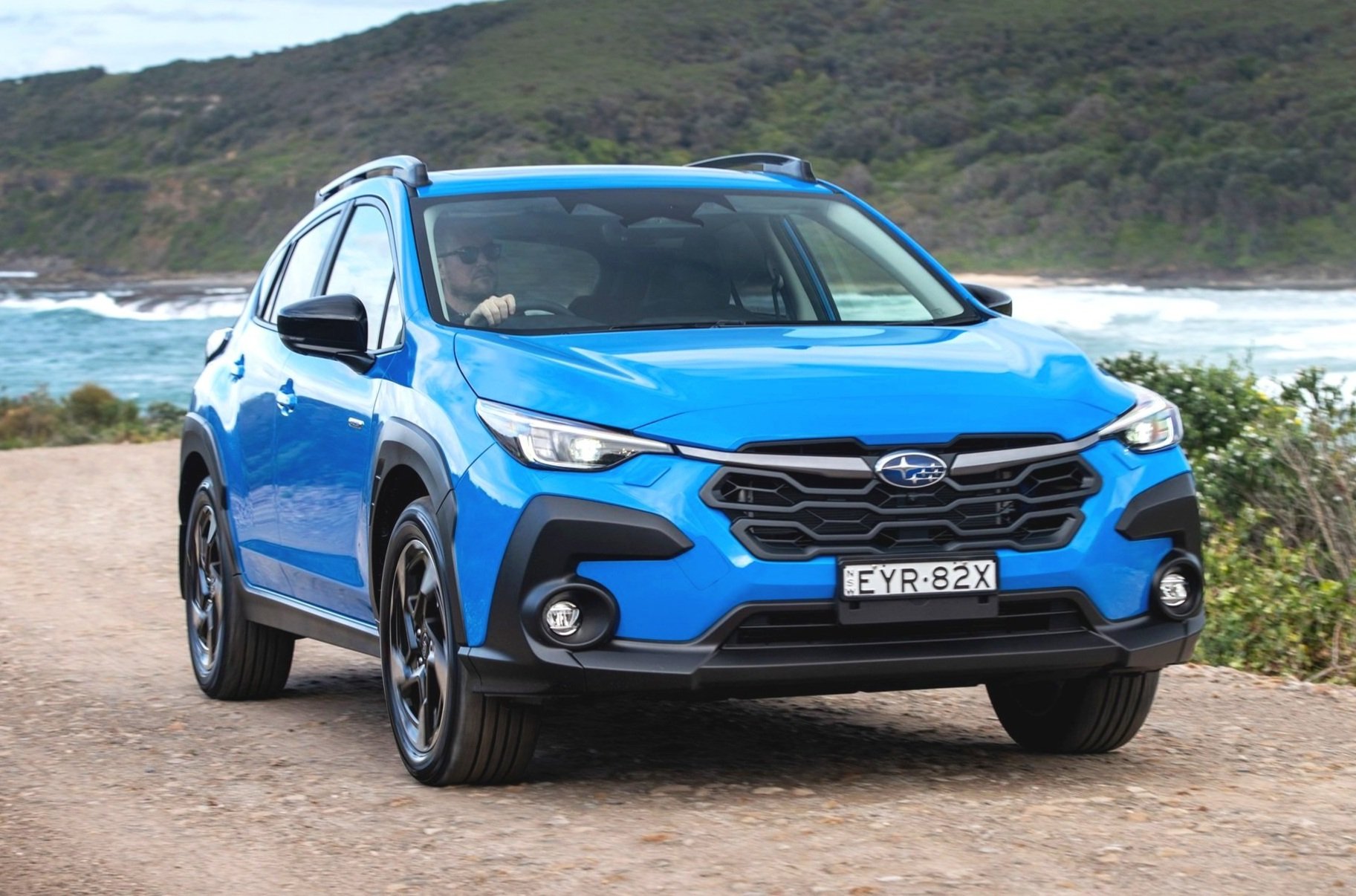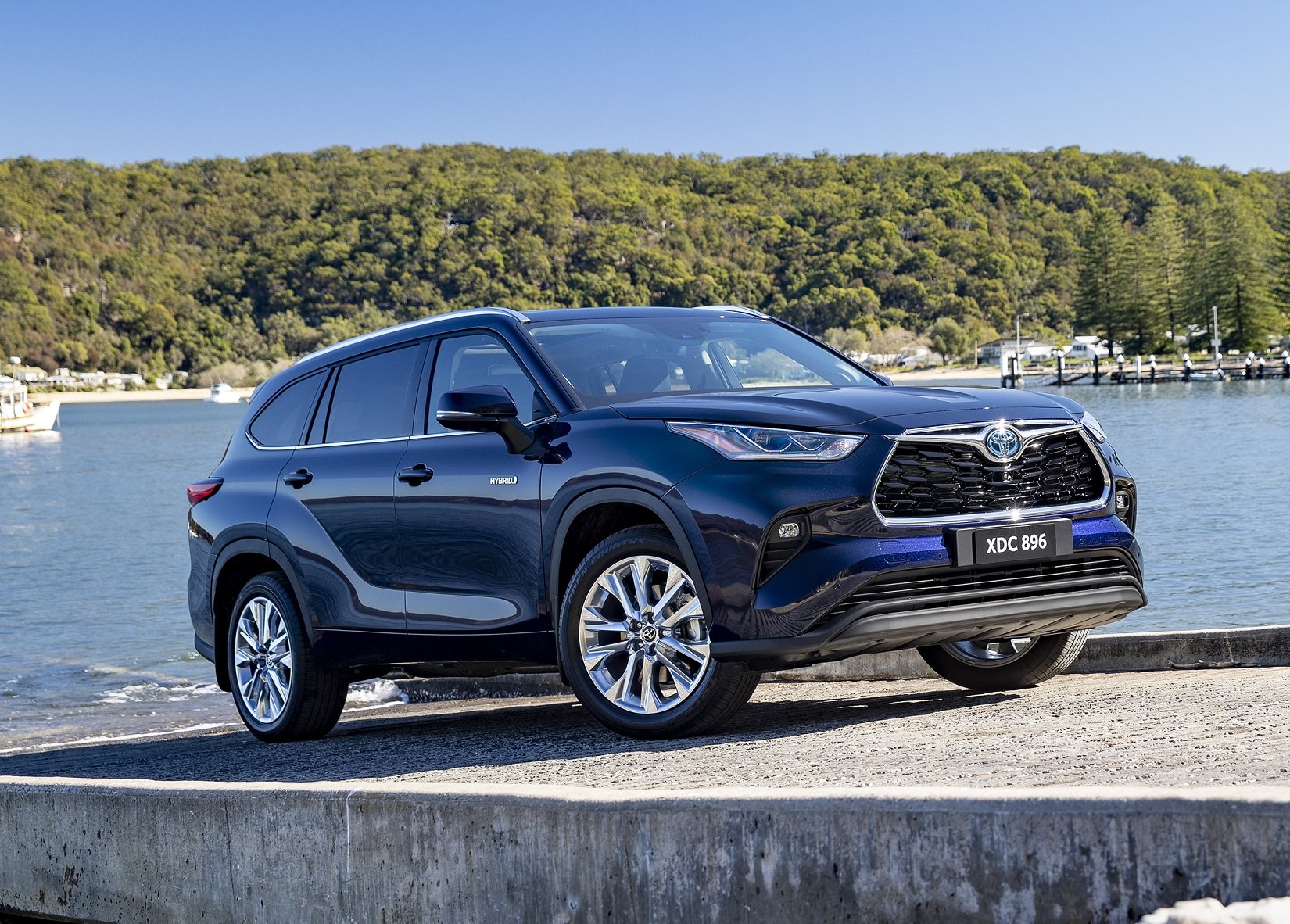Reacting to your wheel nut anti-seize feedback
Feedback from a bona-fide bolt-on genius. I’m humbled. It’s real ‘Mensa’ material, straight from the desk of Dunning and Kruger…
This comment pertains to this report on greasing and tightening wheels studs >>. Which was a bit of worthwhile lockdown driveway therapy.
I’ve since followed through with the ultimate anti-seize guide for wheel nuts and studs >>, including copper, aluminium, nickle and graphite.
Don’t put anti cease on your wheel nuts and studs!! Especially at lower torque. This is potentially deadly advice.
I lost a wheel in Rally of Melbourne and two others came loose because my service crew got sick of wheel nuts being difficult to remove. So they applied anti cease.
Why do you think manufacturers don’t tell you to put anti cease on your wheel nuts!
- Karlis
It really is a shame that the education system leaves so many people behind. I blame the virus. For everything now. It’s amazing to me that people allow themselves to think they’re experts on anti ‘cease’ without even being able to spell it. (It’s generally written on the packet, after all. >>
I recently did a report about using anti-cease on wheel studs and how it is perfectly safe to do this, and even advisable, as driveway therapy, on lockdown, provided you do what bolt manufacturers recommend - which would be to compensate for the additional lubrication by reducing the assembly torque by 30 per cent.
This is a perfectly robust and commonplace engineering practise, routinely adopted in bolted joints across industries.
Pro tip for Karlis here: Get another service crew, dude. The reason your wheels came loose was - they didn’t tighten the nuts. It’s very easy to get distracted in that competitive environment, under the pressure of time. You seem to have gone from ‘problem’ (wheels falling off) to culprit (anti ‘cease’) without all that much investigation.
It might surprise you to learn that threads are designed specifically not to auto-undo in service. It’s, like, a prerequisite. The thread is a ramp, OK? The tensile load in the fastener is resolved into a large load causing friction between the threads (and the mounting face of the nut). Because of the slight angle of inclination of the ramp, the frictional capacity of the interaction at the threads exceeds any component of the load down the ramp - even if you anti ‘cease’ the fasteners.
Hi-tensile bolted joints only come loose if you don’t do them up properly. If they did, we’d have either a significant army of torque wrench-weilding troopers across all of industry and technology, whose only job would be to re-torque bolts, or else every second machine and structure on the planet would be in pieces, smoking.
I mean - hi-tensile bolts restraining crankshafts and big-end bearings essentially swim in oil. And yet, they tend not to undo all that often. Go figure.
So, I would not be blaming the anti ‘cease’ for the wheels - literally - coming off. It’s perfectly safe - if you get the torque right.
Tri Again
As a public service announcement I do, however, feel compelled to point out that if you drive along under power, then you lift off and the car shudders, this is a warning sign not to be ignored.
If you power on and it goes away, and power off and it comes back, stop somewhere safe.
Do it soon. Pull out the wheel brace and check all the wheel nuts. When wheel nuts come loose, they have to unwind rather a long way before the wheel actually falls off. In between loosening and this extreme conclusion, that’s how it feels. The wheel rattles like that on the studs and the car shudders.
(I know this because I was coming home from a magazine track test one day, and that’s how it felt, because one of the wheels had not been re-torqued by the service crew. Hey: we’re all fallible. It’d been a long day. But disaster was averted. Happily.)
If you experience this, don’t just do the whole ‘symphony in buried ostrich head flat’ thing on this, because firing a wheel into the oncoming traffic and then spearing into a power pole is pretty clearly a sub-optimal, socially irresponsible driving outcome. You’ve been warned.

















The 2026 Ranger Super Duty promises bigger towing, more payload, better off-road credentials and an even bigger price. But can Ford improve the ownership experience and general reliability?